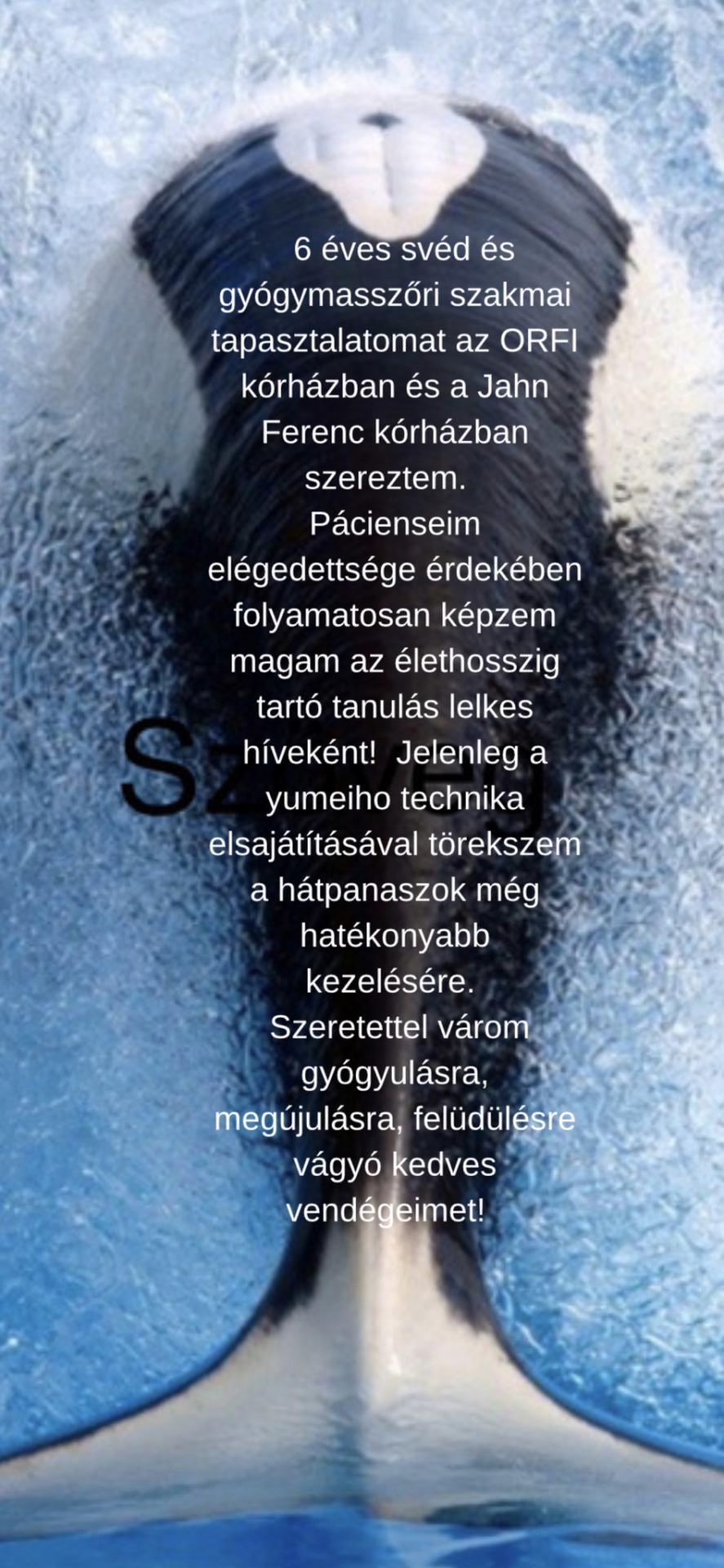Don't wanna be here? Send us removal request.
Text

Ez a SándorR és ez a ZsolosZ
Azé' m^gyar , mer' NEM orosz! Buktázik immár a fidesz, mégha Coca bá’ is kilesz..
Au revoir sértett sertés! Jobban jársz, ha szeliden elmész! Ja! Te olyat nem tudsz?! jut ánuszodba strucc! Hátha azzal gyorsabban futsz. “ F^szfejjé” tett téged a cucc! Így lett röfiből varánusz. Nesze pátosz. Arcodra rátosz. Töpszli köpcösöknek tipli. Balra elkocogsz. Addig SE vacogsz! ..meg citerázol itt fel alá. Közbe hülyeségeket p.fázol. 26-tól kornyikázol, tiltogatsz be mindent bárhol. E történet SEM szólhat másról, mint elgurult pirulákról..
https://www.youtube.com/@LamanTinTam%C3%A1s/videos
1 note
·
View note
Text

"The universe is written in the language of mathematics, and its characters are triangles, circles, and other geometric figures"
~ Galileo Galilei, Il Saggiatore
2K notes
·
View notes
Text
0 notes
Text
0 notes
Text
0 notes
Text
0 notes
Text
0 notes
Text
For millions of people, losing muscle isn't just about weakness; it's about losing independence. Whether caused by Duchenne muscular dystrophy, aging or other degenerative conditions, muscle loss can make everyday activities—like walking, climbing stairs or even standing up—a daily struggle. But a recent discovery from researchers at the University of Houston College of Pharmacy could help change that. The team, led by Ashok Kumar, Else and Philip Hargrove Endowed Professor of Drug Discovery and director of the Institute of Muscle Biology and Cachexia, discovered a potential therapeutic target in muscular disorders by identifying a previously unrecognized role of a protein called Fn14 in regulating satellite cell stability and function. They have published their findings in JCI Insight.
Continue Reading.
99 notes
·
View notes
Text

Az az L5-ös lumbális kompenzáció hamarosan rehabra szorul.. szabályos a szindróma sziluett semaitzáció. - Az alkotóknak Gratulálok! - A modellnek sürgős konzultációt javallok a szakszemélyzettel! Telefonszámom fentebb!_ 🤩
0 notes
Text
For roughly one in every hundred people, food containing even the smallest amounts of gluten can deliver a gutful of hurt and pose severe risks to their health. While a domino effect of immunological reactions can be traced back to their genetic roots, a number of contributing factors are also involved, making it difficult to map the precise chain of events that causes celiac disease. Using transgenic mice, an international team led by scientists from McMaster University in Canada has identified a crucial role played by the very cells making up the gut's lining, describing a major stepping stone that could lead to new therapies.
Continue Reading.
293 notes
·
View notes
Text
207 notes
·
View notes





